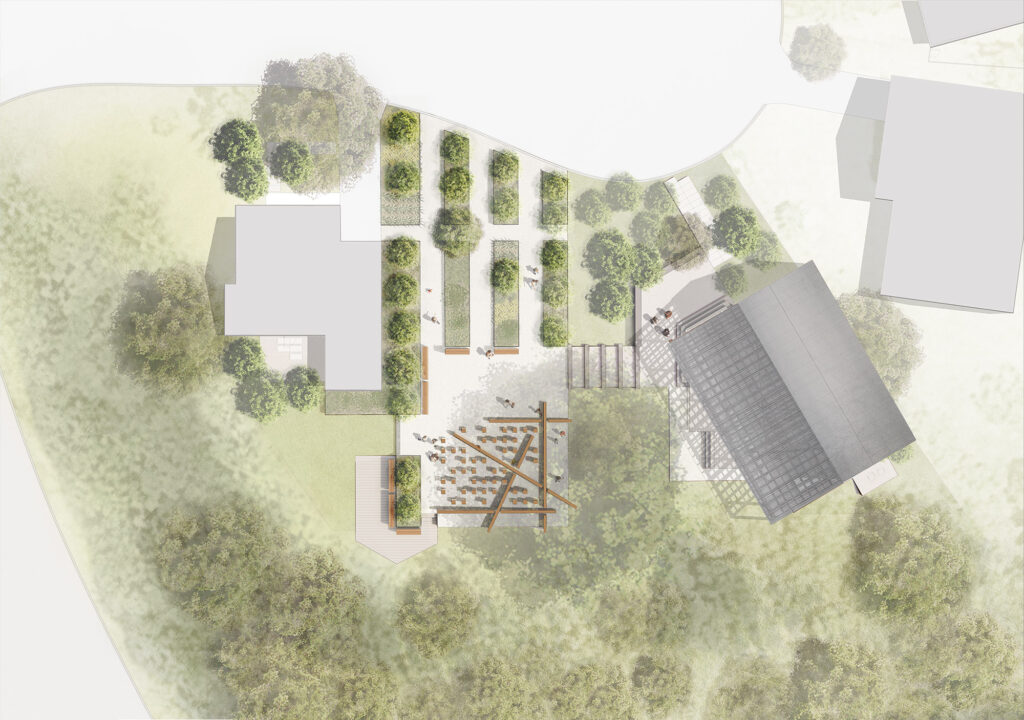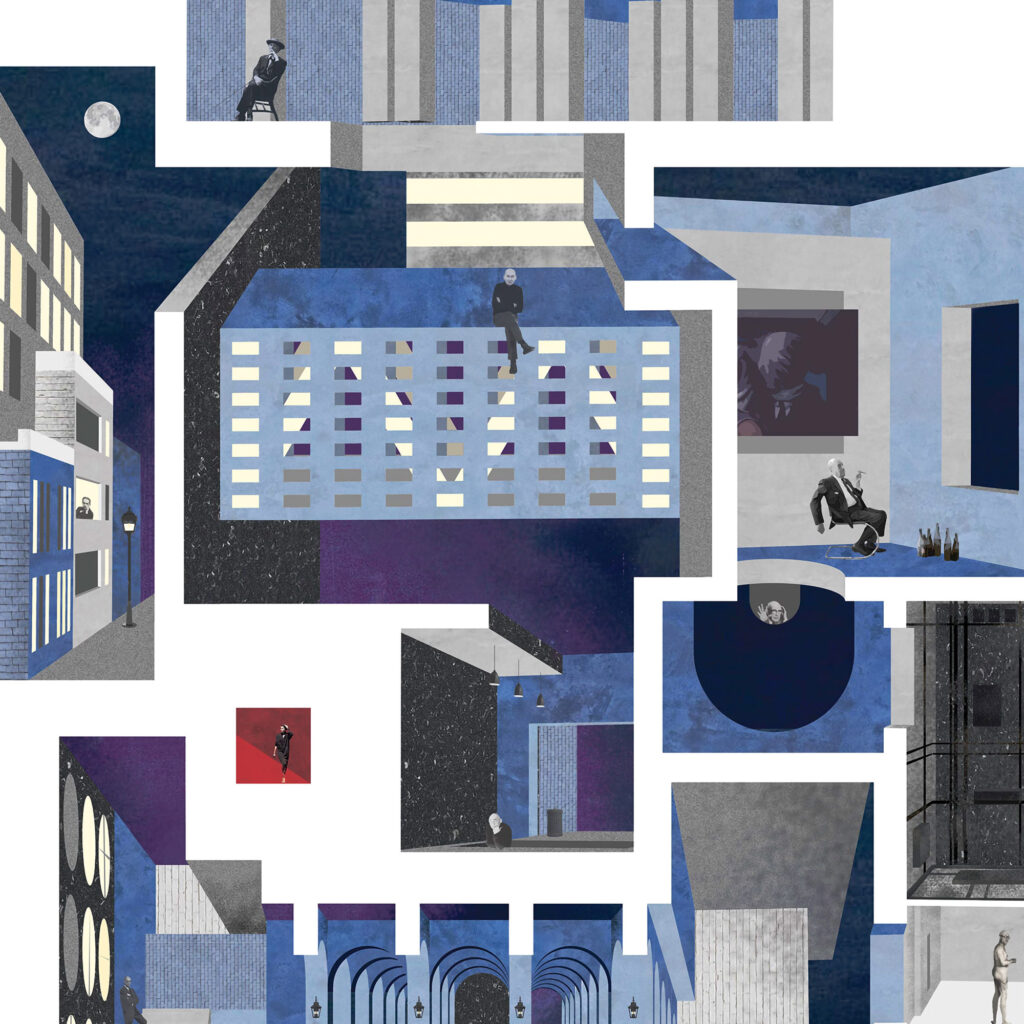
How Technological Feats Fuel Our Utopic Visions
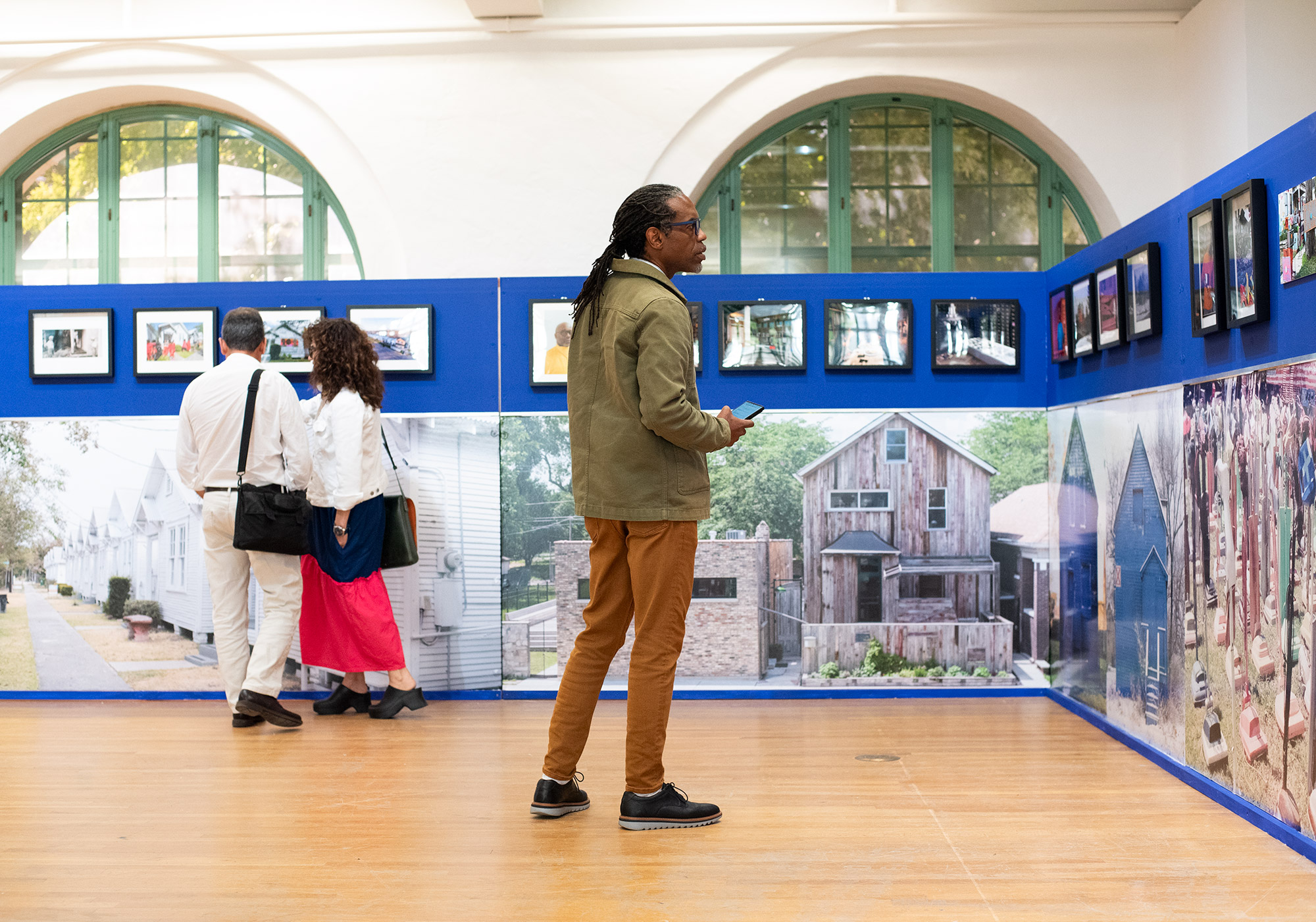
The Black Home as Public Art exhibition and symposium, hosted by the University of Texas at Austin School of Architecture and organized by Associate Professor Charles L. Davis II, explored the intersections of Black identity, architecture, and public art in the United States during the postwar period. The exhibition, which ran from August 30 to November 15, 2024, presented eight artist-led projects that reimagined the Black home as a site for social activism, creative intervention, and public engagement. These interventions, carried out by prominent artists and designers like Theaster Gates, Tyree Guyton, Rick Lowe, Smokehouse Associates, and Amanda Williams, employ adaptive reuse and public art strategies to transform traditional residential spaces of working-class neighborhoods into meaningful expressions of Black culture, resistance, and empowerment. The exhibition also included work by activist and theorists Huey Newton and Bobby Seale of the Black Panther Party, as well as playwrights June Jordan and Amiri Brakaka and the philosopher Angela Davis.
Notable projects included Gates’s Dorchester Projects (Chicago, Illinois) and Williams’s Color(ed) Theory Houses (Chicago, Illinois), both of which utilize architecture to challenge and expand the narrative around urban living, public space, and racial uplift in Black communities. Other projects, like Guyton’s Heidelberg Project (Detroit, Michigan), incorporate large-scale installations into residential neighborhoods, encouraging new relationships between the private home and the public realm.
These creative interventions speak to the broader goals of promoting a more inclusive understanding of the built environment. By addressing the intersection of race, space, and activism, these artists expand the traditional view of architecture and urban planning as tools for social change. The exhibition demonstrated how Black artists and designers used their practices to challenge the dominance of traditional architectural forms and create new models for engaging with public space.
Accompanying the exhibition was a symposium held on September 11–12, 2024, at the Mebane Gallery. This event brought together scholars, designers, historians, and curators to explore the significance of these
artist-led interventions in the Black home and their broader implications for architectural theory and practice. The symposium featured presentations by Komozi Woodard (Sarah Lawrence College), Scott L. Ruff (RuffWorks Studio and Pratt Institute), Curry J. Hackett (Wayside Studio), and Aisha Densmore-Bey (Boston Architectural College), as well as a keynote address from historian and architect Dell Upton (UC Berkeley and UCLA).
A closing discussion, moderated by Davis, focused on the importance of pluralizing the architectural canon and explored how these artist-led projects reshaped the way people thought about the built environment and its relationship to race and social justice.
One of the most compelling ideas that surfaced during the roundtable was presented by Ruff on the need to elevate spatial literacy among the public as well as and the importance of reclaiming agency in the built environment, particularly for those from marginalized communities. Davis expanded upon this position, arguing that as the U.S. becomes a nation of renters, with more people experiencing spatial disenfranchisement, a larger segment of the population will begin to understand the significance of agency within the built environment. Recognizing one’s ability to shape the spaces we inhabit is a powerful tool for driving change.
The Black Home as Public Art marks the inaugural symposium in a three-part series that will lay the groundwork for the Black Space Archive, a project focused on documenting and supporting Black-led creative interventions in architecture. The exhibition and symposium provided invaluable insights into artist-driven interventions within Black spaces, offering a fresh perspective on the intersection of race, culture, and the built environment. These events, alongside future symposia in the series, are poised to make lasting contributions to the evolving discourse in architectural history and criticism.

Anastasia Calhoun, Assoc. AIA, NOMA, is the editor of Texas Architect.

How Technological Feats Fuel Our Utopic Visions
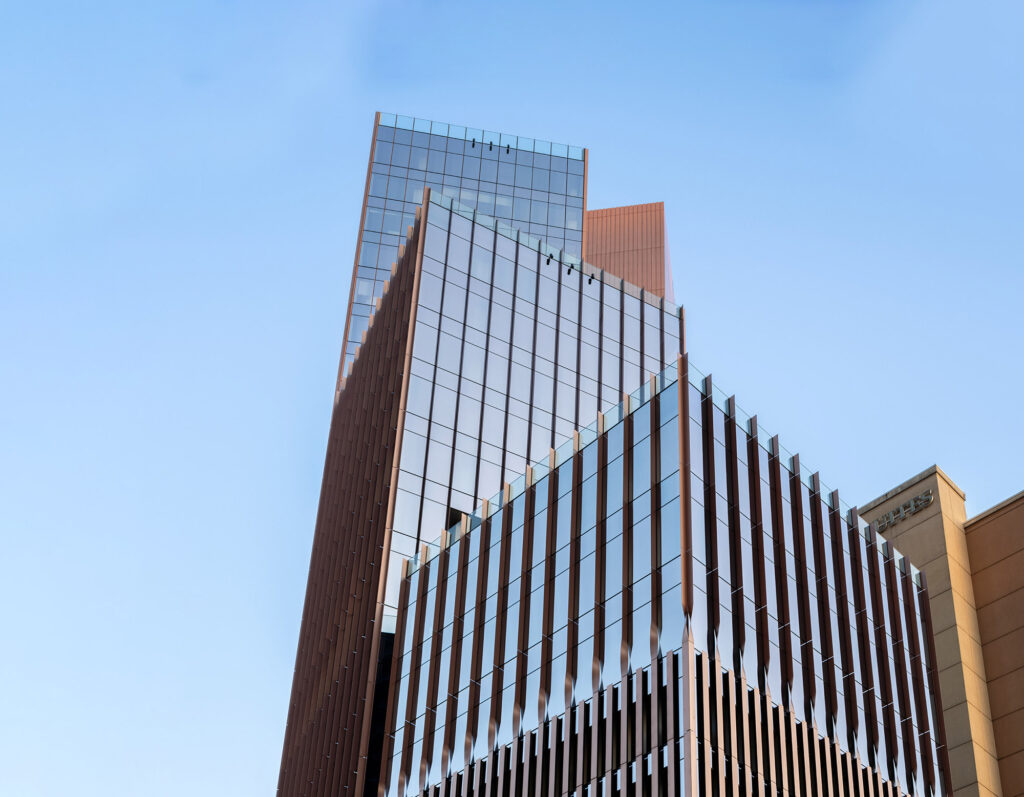
An Ambitious Office Tower Redefines Urban Sustainability

Exploring the Perils and Delights of Houston’s Irreverent Approach to Urban Development

A Family’s Legacy of Excellence
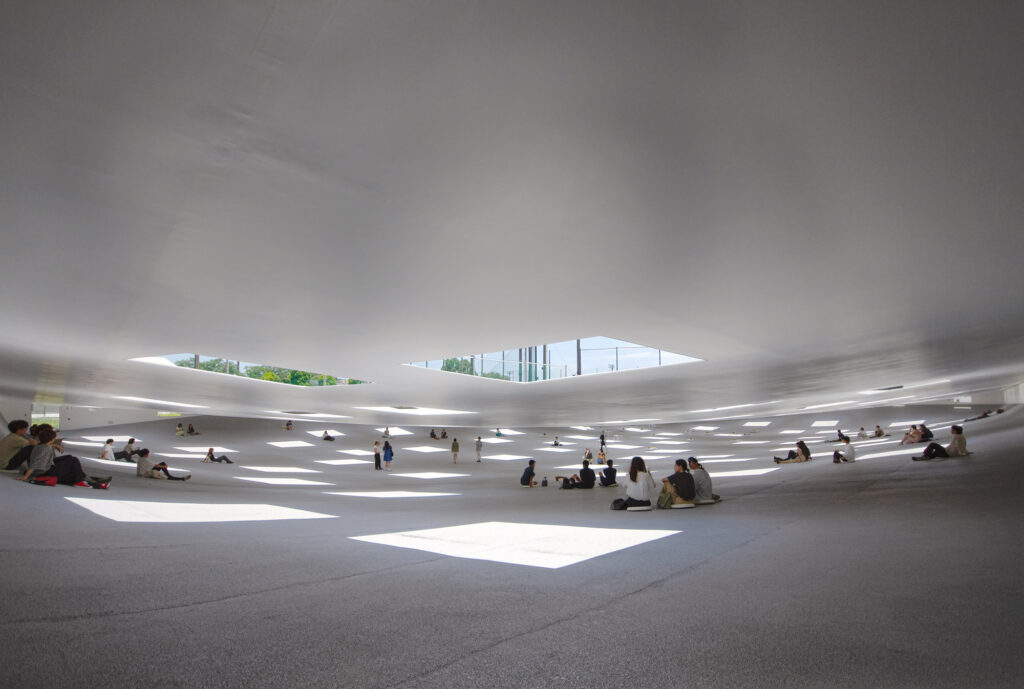
How Can Utopic Ideals Be Engaged in Everyday Life?
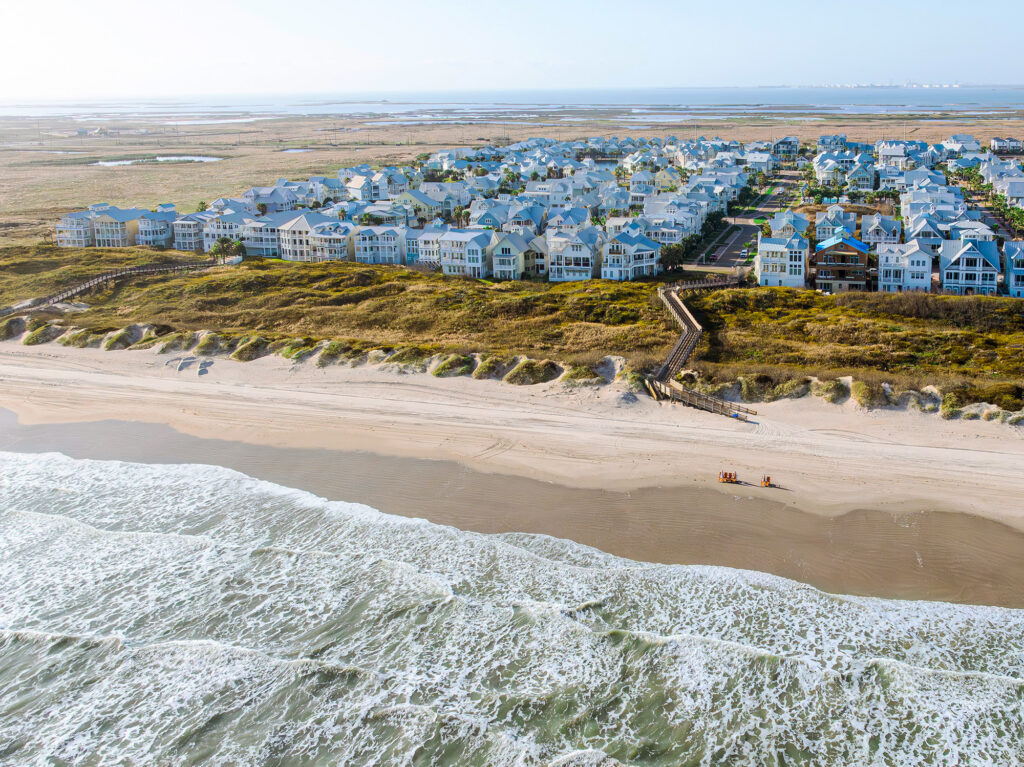
Picture-Perfect Charm Along the Texas Gulf Coast
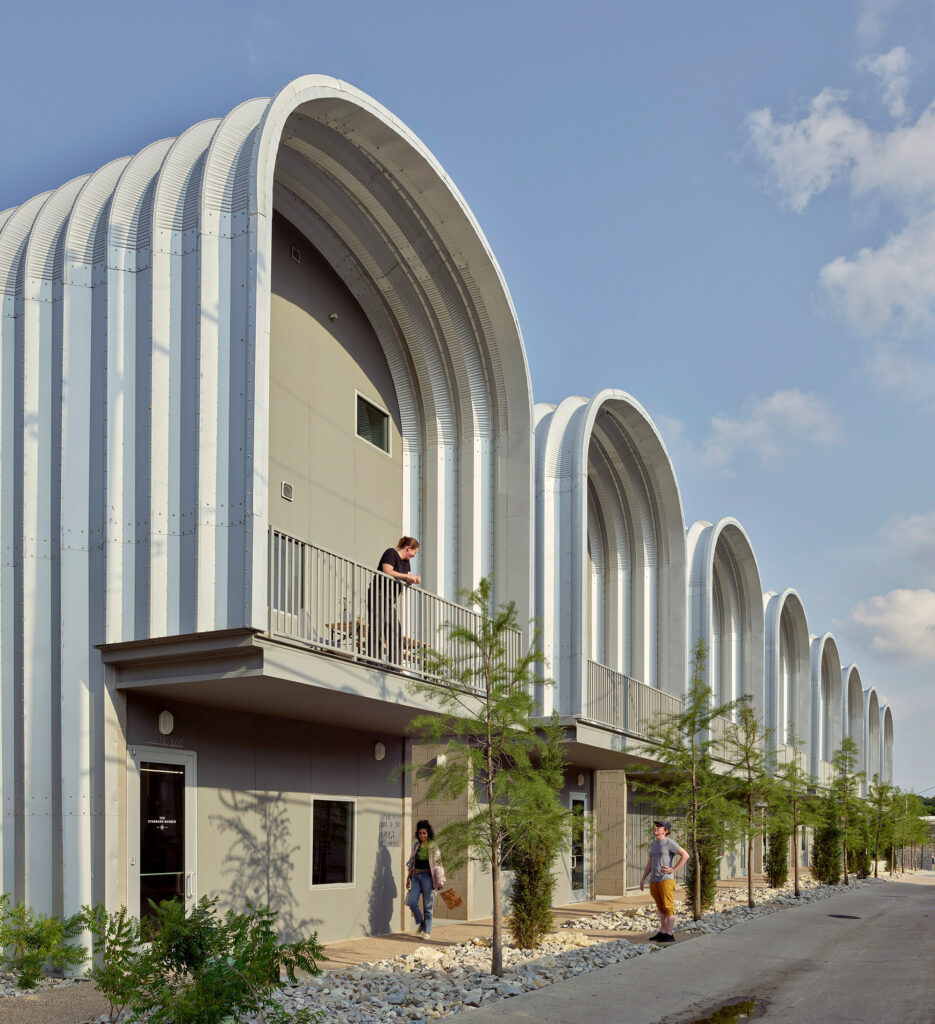
PS1200 Builds a Backdrop for Public Life
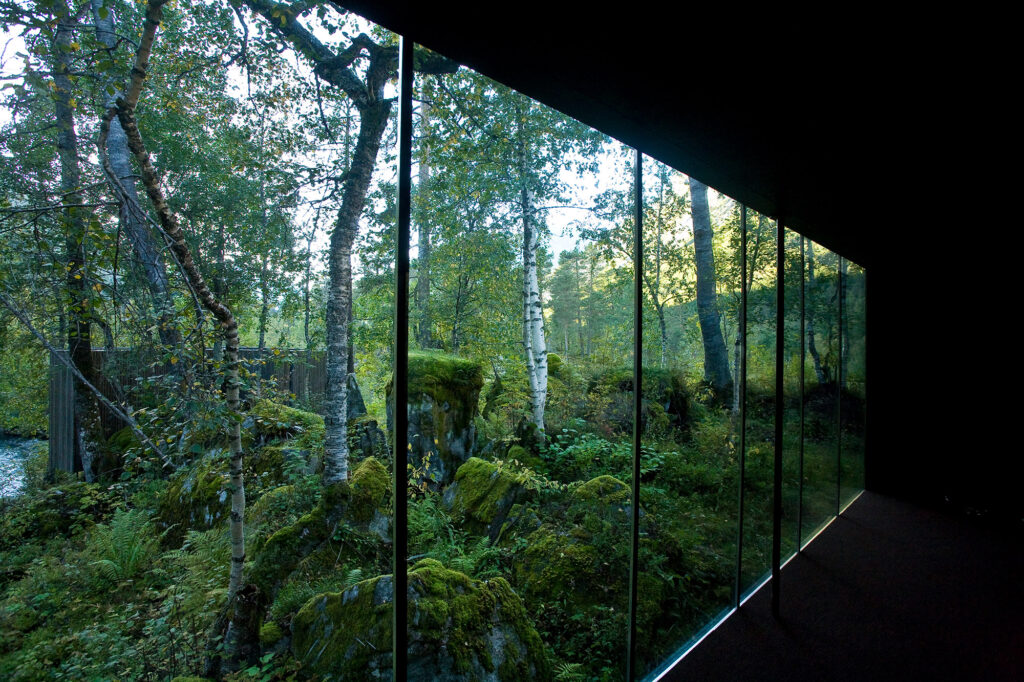
Exploring the Parallels Between Science Fiction and Architecture
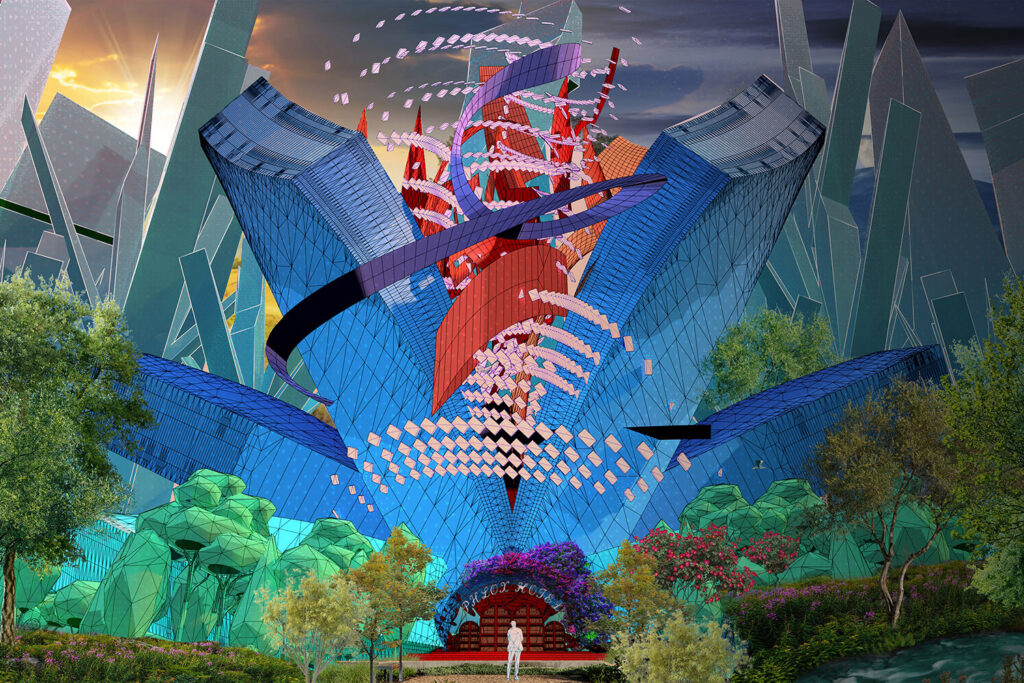
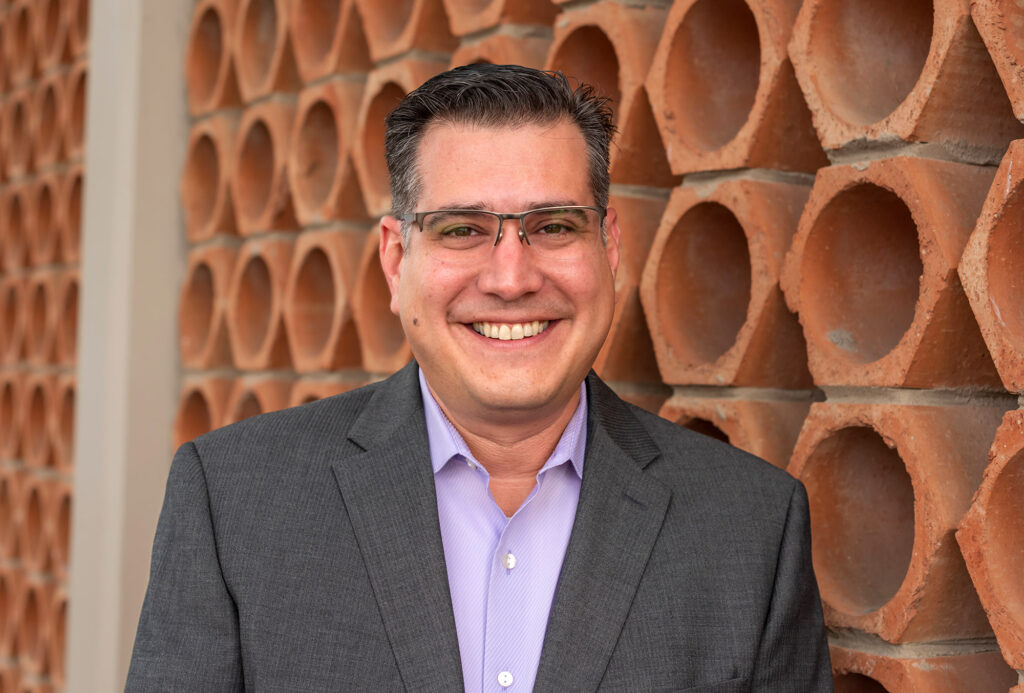
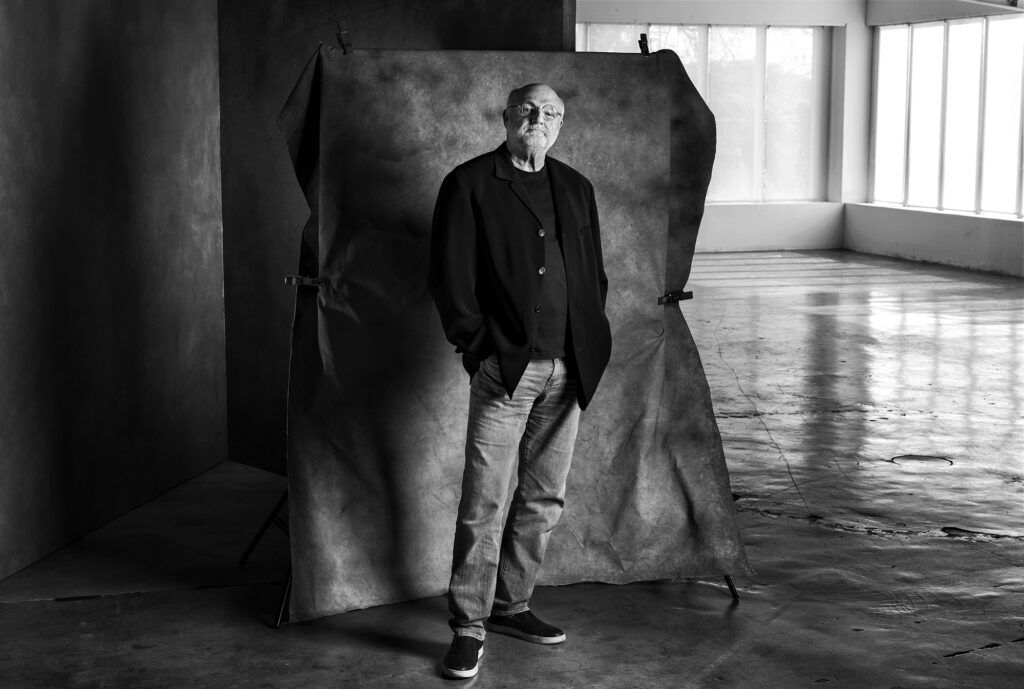
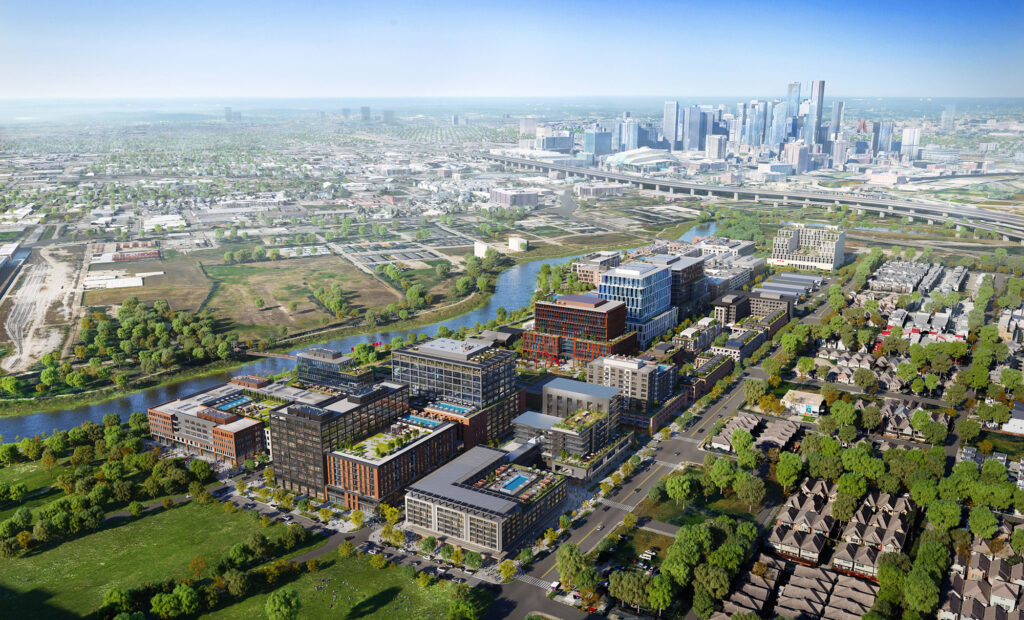
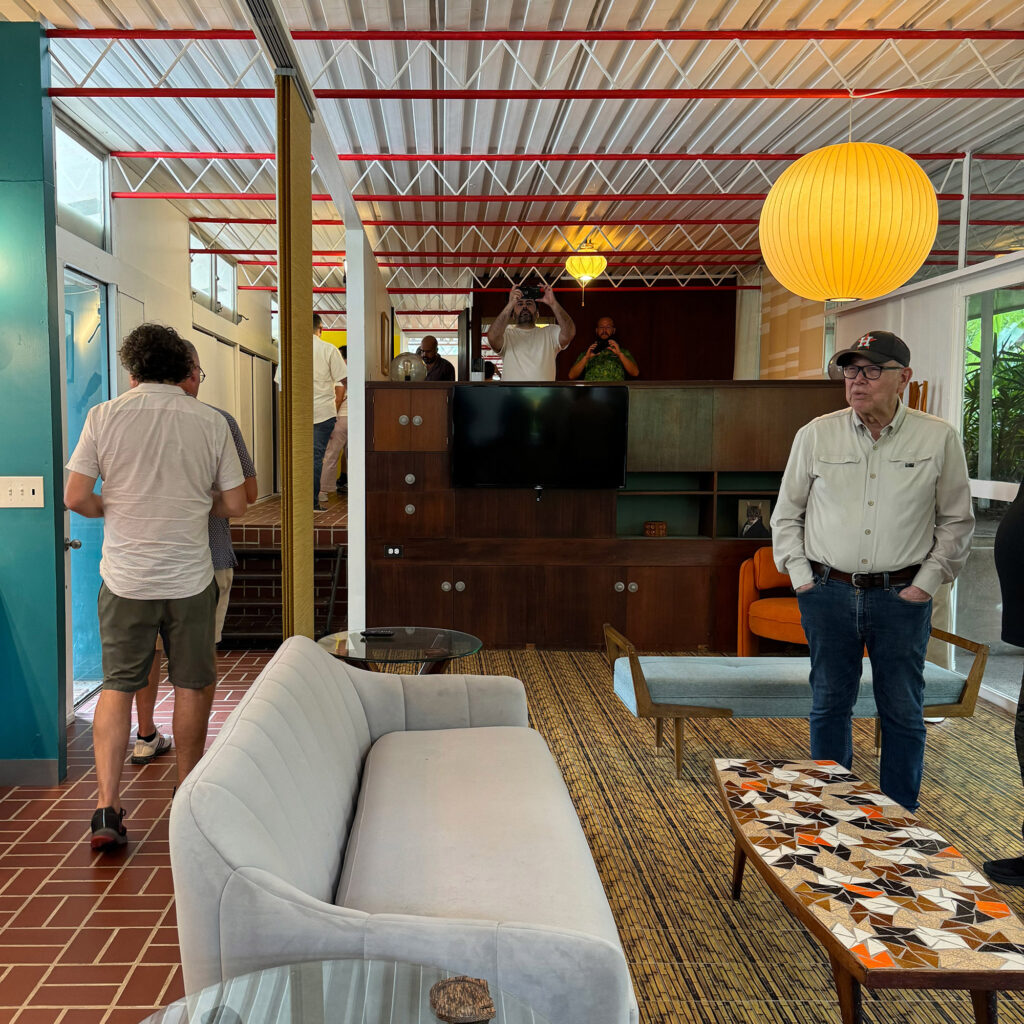


Illuminated Wood Panels, Inserts for Brick Walls, and Fixtures Made from Recycled Plastic, Mycelium, and Hemp
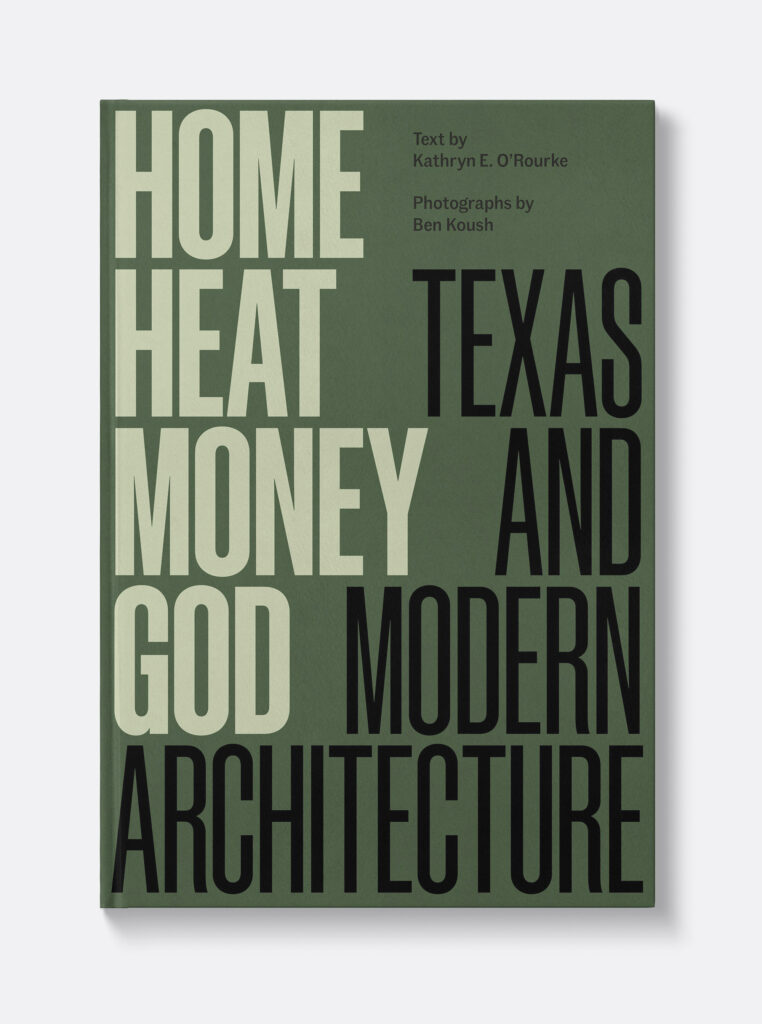
Home, Heat, Money, God: Texas and Modern Architecture
Text by Kathryn E. O’Rourke
Photographs by Ben Koush
University of Texas Press, 2024
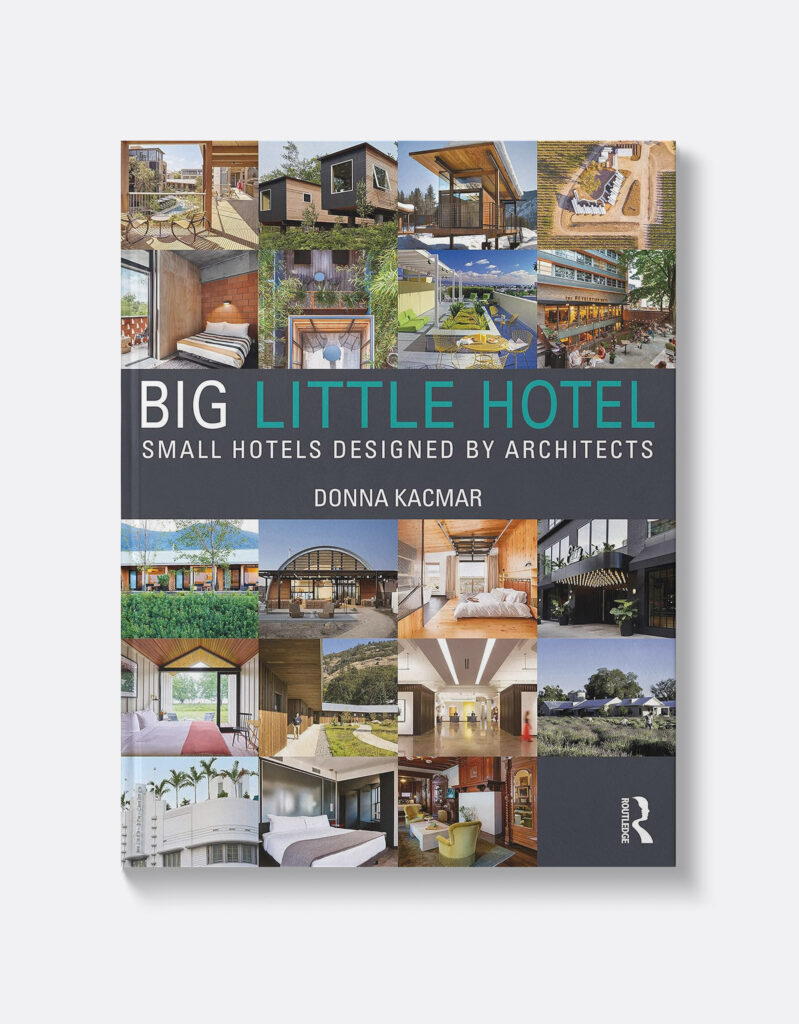
Big Little Hotel: Small Hotels Designed by Architects
Donna Kacmar, FAIA
Routledge, 2023
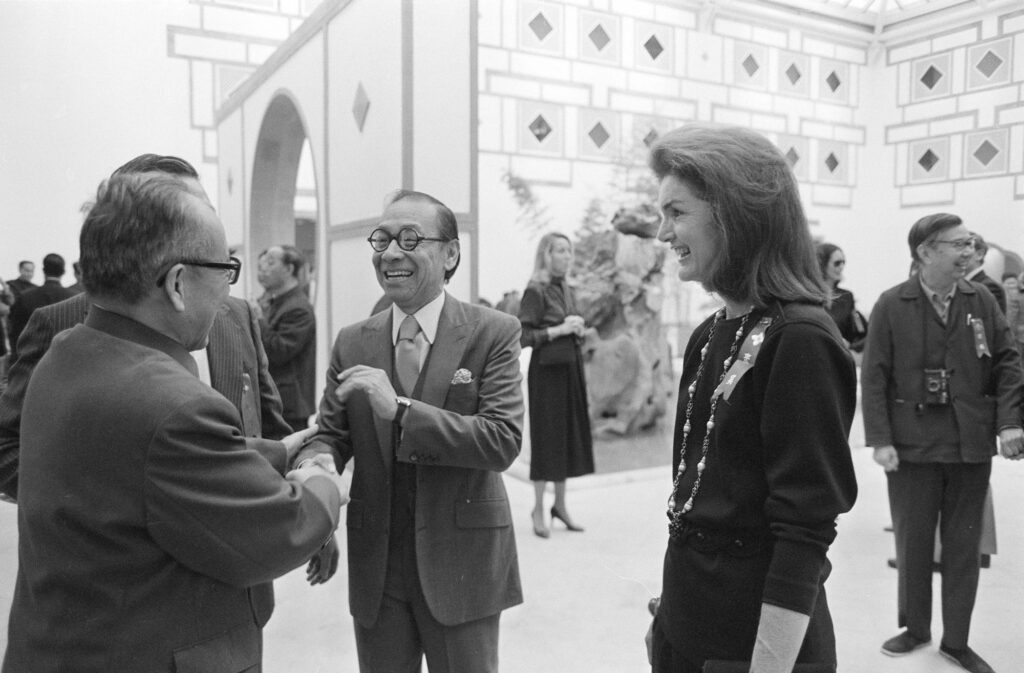
I. M. Pei: Life Is Architecture
M+ Museum, Hong Kong
